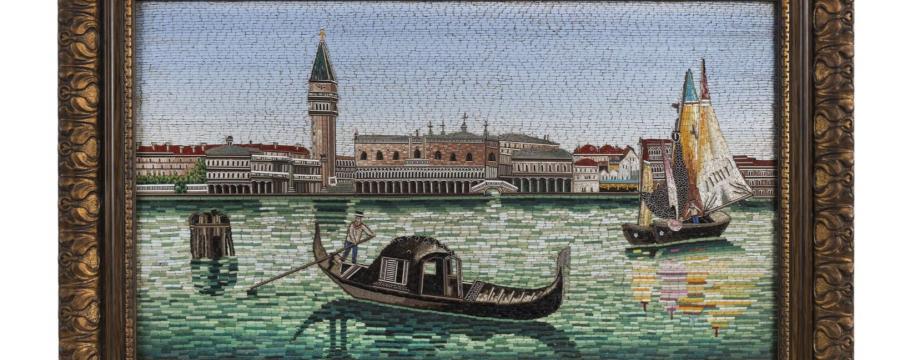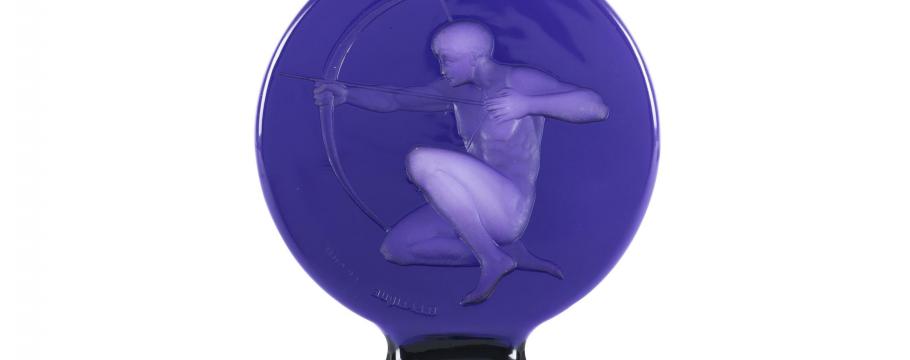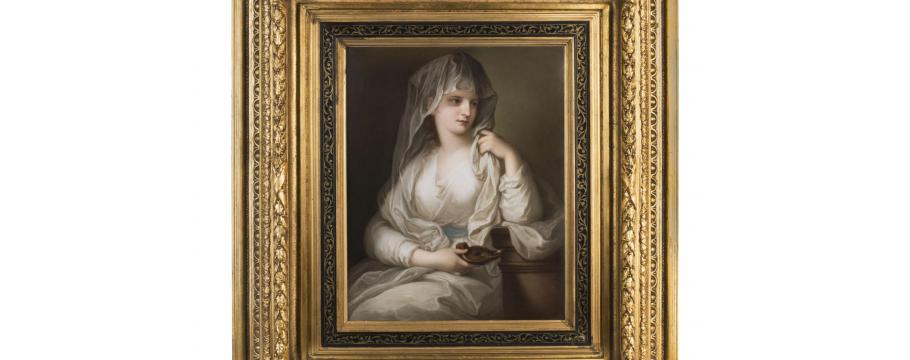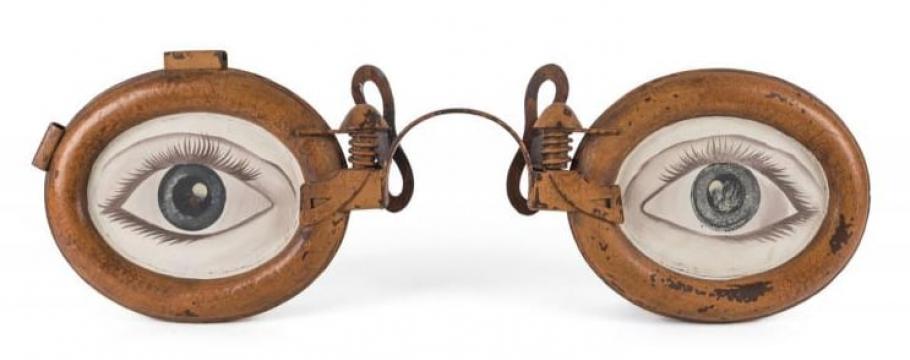









Auction pen an Einstein legacy
Author: Richard Brewster | Posted: 30th September, 2019
Auction houses are always searching for new ways to attract clients to their sales – for there is nothing more boring than serving up the same sort of stuff every time they hold another auction.
Leski Auctions latest Decorative Arts & Collectables sale, from 10am Sunday October 20 at 727-729 High Street Armadale, is a case in point.
Not only is it intensely fascinating, but among the items on offer is an unusual and rare magnificent solid white gold pen created by Mont Blanc (lot 97) to honour the legacy of iconic scientist Albert Einstein, with a catalogue estimate of $15,000-$20,000.
The pen is one of only 45 sold, although it is number two of an originally planned 99 in an apparent reference to the periodic table number of the chemical element Einsteinium, named after the great physicist to honour his achievements.
Einstein’s ground-breaking work that earned him the 1921 Nobel Prize for Physics is detailed in the pen’s design, the body covered with a skeleton net and filigree overlay representing the space-time curve – his disruptive discovery that demonstrated how the universe’s space and time are not flat but instead can be pushed, pulled, stretched and warped by matter.
Engravings on the barrel and cone reflect Einstein’s most famous formulas and the nib is enriched with an engraving of the rare radioactive metal carrying his name.
The auction catalogue’s front cover features a colourful and interesting photograph of a sizeable 19th century micro-mosaic panel of Venice (lot 57), while lot 68 is a beautiful French Lalique “Archer” car mascot in violet glass designed in 1928, and lot 81 a pair of French art nouveau plaques.
Antique miniature portraits (lots 147 to 173) from three vendors are another attraction – although lot 152 is a full size version of the art.
This is a late 19th century German porcelain plaque portrait of the Duchess of Devonshire as a vestal by Angelica Kauffman exhibited both in London and Dresden.
A chair designed in 1913 by Josef Hoffmann (1870-1956) for Vienna’s Gallia apartment (lot 386) is a sale highlight at $30,000-$50,000 catalogue estimate, according to Charles Leski.
“Wealthy Viennese landowners and entrepreneurs, Moriz and Hermine Gallia – like other well off Jewish families – were art patrons and supporters of new art and design movements such as the Vienna Secession and Wiener Werkstatte,” he said.
“Hoffmann, who had attended Vienna’s Academy of Fine Arts and studied architecture under one of the city’s most celebrated architects Otto Wagner, in 1903 founded the Weiner Werkstatte with Koloman Moser and financier Fritz Waerndorfer.”
In 1910, Moriz Gallia acquired a building that was to be the site for the family’s future home. He demolished the existing structure and in its place planned construction of a new five-storey building complete with attic and basement.
Three years later, he commissioned Hoffmann – already a well-known designer – to design five rooms for the new apartment – the hall, salon, smoking and dining rooms and boudoir.
Hoffmann’s designs included built-in and free-standing furniture, plasterwork, woodwork, light fittings and wall and floor coverings.
The Gallias were frequent entertainers and well-known in music and artistic circles for their musical recitals and soirees and their apartment became famous, featuring in interior design journals of the day.
The family lived there for 23 year and, by the time Hermine died in 1936 – 18 years after her husband – the children had all moved into their own apartments in different parts of Vienna. The contents of the Hoffmann rooms were then divided among them.
Despite Moriz converting to Christianity in 1910 and having the children baptized Catholic, in the face of increasingly strident State-sponsored anti-Semitism before World War II the Gallias fled Austria and emigrated to Australia, taking their furniture and paintings with them.
The National Gallery of Victoria eventually acquired the furniture and the Ferdinand Andri portrait of the children. Made from ebonised black stained wood, the auction chair is part of the suite of furniture from the Gallia apartment hall.
Another auction attraction are some of the bedsheets the Beatles John and Ringo slept on during their stay at Melbourne’s Southern Cross Hotel (lot 836) accompanied by the original letter from the hotel general manager.





